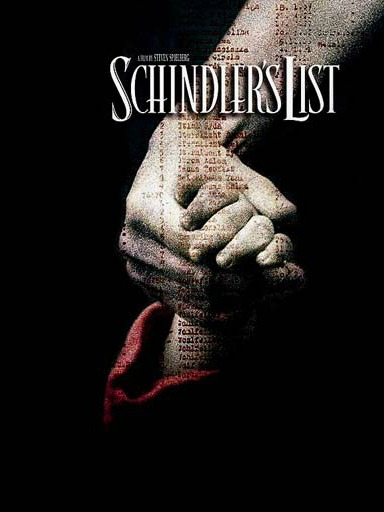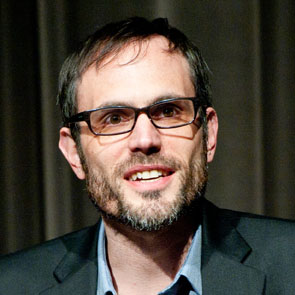Me, My Dad, and Schindler’s List: 20 Years of Considering the Legacy
Shortly after I saw Schindler’s List for the first time, I had an argument with my father about the value of such Hollywood blockbusters for teaching people about the Holocaust. We debated the following question: If Schindler’s List was the only source of information for people about the Holocaust would it perhaps be better if they did not see it at all? That is, is Schindler’s List better than nothing if what it shows is all you know about what happened to nearly six million Jews in Nazi-occupied Europe? My dad said (or shouted) yes, but I was unconvinced.
 For evidence, we both referred to the same incident; on Martin Luther King Jr. Day in 1994, about 70 high school students from Oakland were taken to a screening of Schindler’s List. When some of the students laughed during a particularly horrific scene, the theater stopped the screening and sent all the students packing. Several months later, the event had provoked a national conversation; Steven Spielberg visited the school to discuss the incident with the students.
For evidence, we both referred to the same incident; on Martin Luther King Jr. Day in 1994, about 70 high school students from Oakland were taken to a screening of Schindler’s List. When some of the students laughed during a particularly horrific scene, the theater stopped the screening and sent all the students packing. Several months later, the event had provoked a national conversation; Steven Spielberg visited the school to discuss the incident with the students.
For my father the incident and its aftermath was a positive moment of national reflection in which thousands of people were suddenly discussing the issues of persecution, the horrific murder of Jews, and fighting the tide of denial and desensitization. For myself, I was concerned that the students had laughed in the first place because of the cinematic aesthetic of the film itself. This was a feature film designed to tell a story and to appeal to audience emotions based on earlier cinematic conventions developed in all kinds of films including comedies, horror, epics, and gangster films. I thought that the very conventional nature of this film was bound to mislead more than it elucidated for its audiences.
I don’t remember if we ever resolved the conversation between us, but one thing is certain, the film went on to have an amazingly profound effect on the world view of Holocaust, genocide, and mass murder. In its aftermath, Holocaust studies programs were created with increasing pace across the US and around the world. Hundreds of other films, features and documentaries were created to extend, revise or retell the stories of those Jews during those years.
One of the most profound and in my opinion longest lasting direct results of the film is the creation of the Survivors of the Shoah Visual History Foundation, now the USC Shoah Foundation – The Institute for Visual History and Education. The Institute was created by Spielberg shortly after the film’s release in order to collect and preserve as many life-stories as possible spoken into a camera by the survivors themselves. The Institute’s Visual History Archive currently has a collection of nearly 53,000 audio-visual interviews conducted in 31 countries and in 39 languages.
We are now approaching the 20-year anniversary of both the release of the film and the founding of the Institute. I cannot imagine a more opportune moment for us to host a scholarly conversation that will explore both the context of both creations in a profoundly tumultuous historical time period of the early to mid-90s and the many diverse impacts of those years on the ones that have followed. The Conference “Memory, Media, and Technology: Exploring the Trajectories of Schindler’s List” to be held November 16-18, 2014, will bring together scholars from a range of disciplines to discuss the role of media archives in research and education, the role of mediated memories in facilitating public action, and the future of these new practices for mediating memory.
Hopefully although the conversations will be looking primarily at developments in the field over the past 20 years, we will emerge with a solid understanding and sense of mission for our next 20. I cannot wait to begin the conversation!
Like this article? Get our e-newsletter.
Be the first to learn about new articles and personal stories like the one you've just read.
